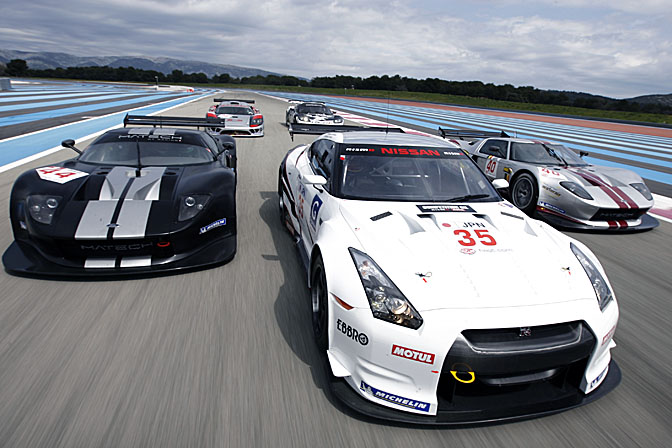

The road ahead……where does it lead?
In the case of the proposed 2010 FIA GT1 World Championship we now have a map and a destination. Stephane Ratel has been a key figure, no THE key figure in the land of GT racing since 1994. He first burst onto the scene forming an alliance with Jurgen Barth and Patrick Peter to unveil BPR's Global Endurance Challenge. This grew to be a huge success in 1995 and 1996 to the extent that the FIA invited the trio to manage the new FIA GT Championship in 1997. At this point Patrick Peter departed and since then Stephane and Jurgen have run the show. Initially there were the fabulous GT1 prototypes, McLarens, Porsches and Mercedes but the astronomical cost and the accompanying political baggage ensured that star burnt out within two seasons. Since then the factories have been encouraged not to participate directly but through satellite teams and the series has generally been regarded as a solid success.
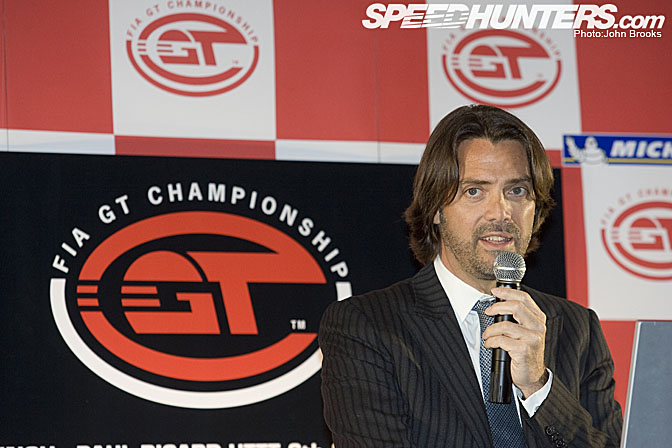
The other major achievement of Ratel's reign has been to get the FIA GT rules aligned up with those of the ACO (organisers of the Le Mans 24 Hours). This has meant that a team buying a car in GT1 or GT2 spec can race it pretty much anywhere on the planet without having to make costly changes to comply with the prevailing local regulations. The current GT1 and GT2 rules have been around since 1999 and of course there have been changes but nothing revolutionary.
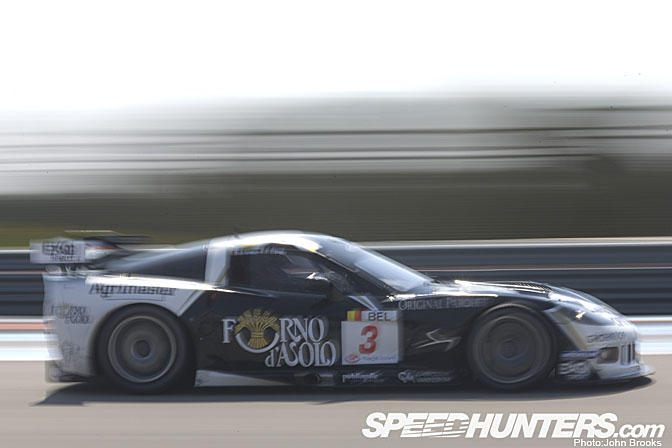
The stability of the rules and the lack of any new cars from the manufacturers since 2003-4 when Corvette, Maserati, Aston Martin and Lamborghini brought their respective offerings to the tracks has inevitably led to a growing sense of deja vu, a stagnation of the cars competing. The simple fact is that there are no manufacturers bringing out suitable new platforms for the current spec GT1 and in the financial climate prevailing little prospect of that changing. So something must be done. New rules for the new decade.
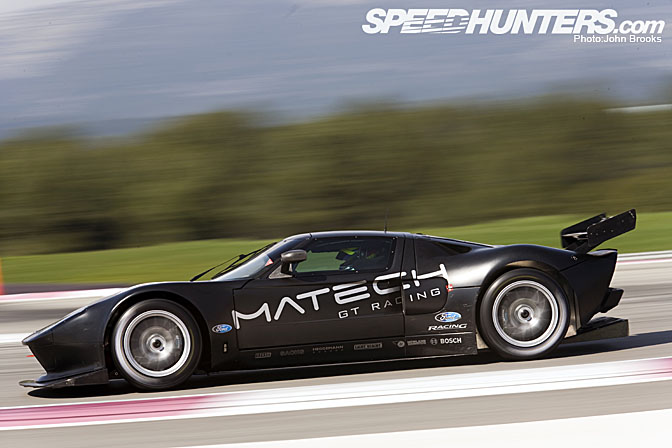
Ratel has a bold vision of the future of GT Racing, creating a world championship for independent teams, ie no factory outfits please, been there and done that. The aim is to create close racing, minimise technical development and manage costs. This will be achieved by using the FIA Balance of Performance System developed by Peter Wright using telemetery to assess the performance of individual cars and make any adjustments to the abilities of the cars considered necessary..
The new homologation and technical regulations for GT1 and GT2 have been drafted in collaboration with the ACO. They have been approved by the FIA Motor Sport World Council last December and will be applied from 2010. The current GT1 cars will be replaced by cars complying with the 2010 GT1 regulations. The cars can be specifically built to the new rules like the Nissan GT-R or be an evolution of an existing GT3 car such as the Ford GT or be a GT2 car with a performance kit.
The new GT1 cars will have to a minimum road car production run, have a normally aspirated engine in excess of 5.5 litres capacity and a minimum weight of 1250 kilos. GT2 will have similar rules but with smaller engines.
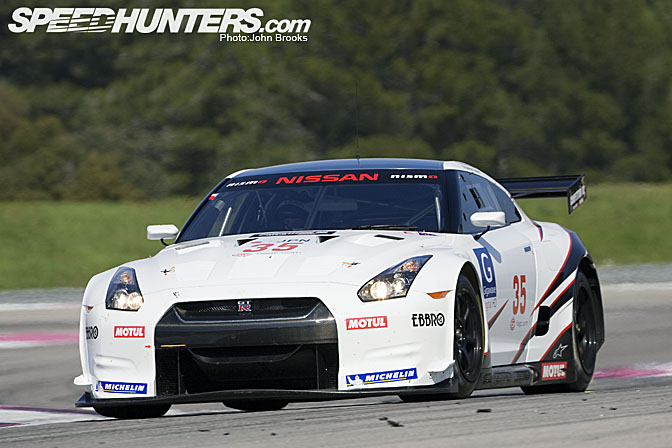
The aim is give the volume produced sports coupes from the likes of Nissan, Jaguar and BMW a level platform to compete with high performance GTs from Porsche, Ferrari and Lamborghini.
In this era of cost constraints, especially in the motor industry, manufacturers cannot been seen to launch expensive racing programmes, not when jobs are at stake. So creating a stage where the manufacturers can have their products on show without the costs of competition being directly supported by them will have a strong appeal.
Ratel has as his model the Moto GP package, which features 125cc, 250cc races to support the main Grand Prix. So GT1 headlines the event and in Europe there are separate GT2 and GT3 Championships supporting this, along with others from the stable of 12 race series that SRO manage.
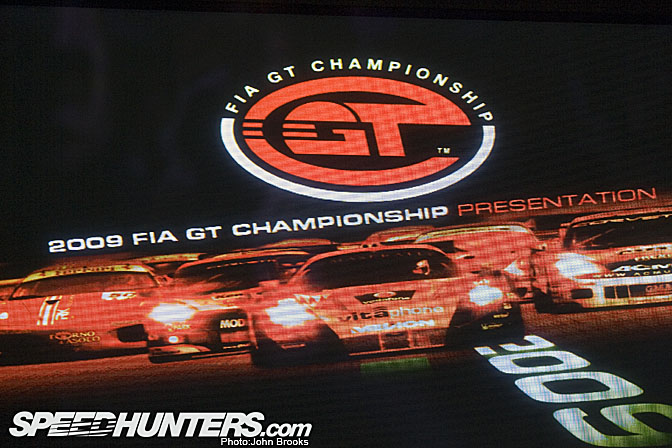
The 2010 Championship is to have 12 events in 12 countries on 5 continents all exclusively for GT1 class cars. Letters of intent have been received by SRO from promoters in the following countries: Argentina, Australia, Great Britain, Italy, Portugal, Germany, Belgium, Romania, Russia, Bulgaria, South Africa and United Arab Emirates.
The grid will be formed of 12 two-car teams and restricted to full season entries only. There will be a limit of six brands, so two teams per brand. 24 cars has been chosen as the limit of the entry as this is total that a Jumbo jet can take with a normal spares package in one plane.
The event format will be revised to two one-hour races, qualifying with reduced points and Championship with full points. There will be a mandatory pit stop with tyre and driver changes. These revisions to the Sporting Regulations have been made in consultation with the promoters and obviously have TV coverage in mind. Ratel maintains that if you want an endurance format there is already an ACO series in Europe, North America and Asia.
The big questions are how can this be financed and who will build the cars?
SRO’s plan is to receive income from the race promoters and work with them to create “events”. They will offer a package in return for a fixed fee that will cover travel and other expenses for the teams. Also by restricting the tyre companies’ scope for development he has persuaded both Michelin and Pirelli to contribute the amount saved into a competitors’ fund and that generated €1 million for 2009. Will this be enough get a new Championship up and running? Knowing Stephane since he first got involved in the GT arena I can say with a degree of confidence that the answer will be yes.
Where the cars will come from is the other question. So far there is the Nissan and then Matech confirmed and showed its evolution of the Ford GT, two examples will run in this year’s Championship. Hans Reiter has committed to building a Murcielago SV so for SRO the glass is half full.
The real struggle is to get another company at the level of Nissan to step up to the plate. Audi, Porsche, Ferrari or Jaguar are all on the shopping list. Watch this space.
There are three elements to being granted World Championship status by the FIA:
18 or more entries for the full season.
Races on at least three continents
Four or more brands of car.
We will know all in December when the FIA World Council makes its decision, don't bet against Ratel pulling this off.
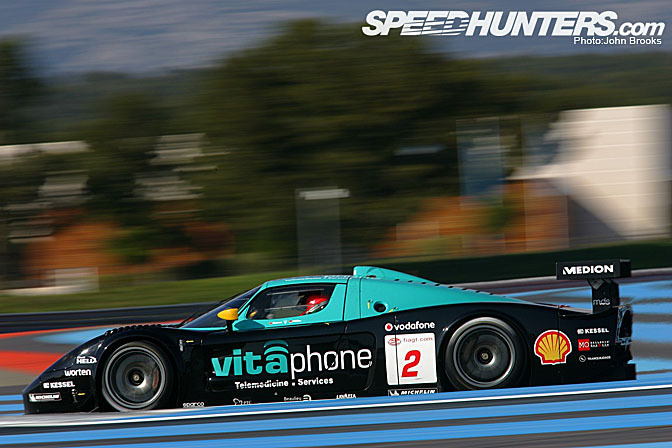
OK! I hear you say, enough already of 2010, what about 2009?
Well the season in front of us has 8 rounds.
Silverstone 2-3 May
Adria 15-16 May
Oschersleben 20-21 June
Spa 24 Hours 23-26 July
Bucharest 7-8 August
Algarve 12-13 September
Paul Ricard 3-4 October
Zolder 24-25 October
The plan to run again at San Luis, Argentina, has been postponed to the following year, better all round to be the first race of the new World Championship than the last race of the old regime.
So what is on offer? If Tourist Trophy at Silverstone is anything to go by then a pretty good field, especially in the last year of a set of rules.
13 GT1 entries, 12 GT2 and one each in G2 and G3 classes which by my maths makes 27 in total
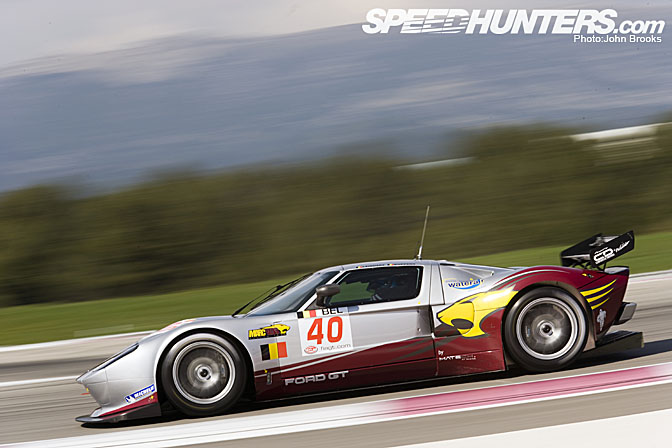
The stars of the show or at least the cars with the appeal of the new and exciting will be the Nissan GT-R and the two Ford GT entries. As they comply with 2010 regulations they will not be wholly competitive against the old boys of GT1 but it will not be for the want of trying. Darren Turner and Michael Krumm will lead the charge for NISMO/Gigawave entry and they will keep the faster 2009 GT1 entries honest. The Matech GT Ford will have Thomas Mutch and 2007 FIA GT Drivers Champion, Thomas Biagi and should go well. The other Belgian Marc VDS Racing Ford will be steered by series regulars, Bas Lienders and Renaud Kuppens.
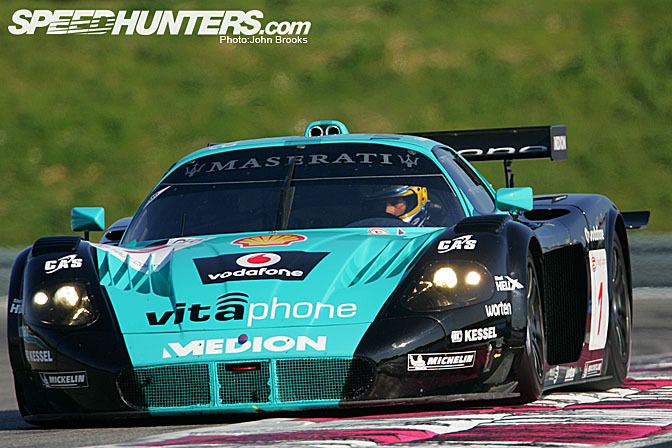
Leading the charge of the Old Guard one last time will be the Vitaphone Maserati MC12 squad. The lead car driven by Andrea Bertolini and Michael Bartels will be one of the favourites for the title, having been at the top of the tree since 2005. The second car of Miguel Ramos and Alex Muller will push their team mates hard and cannot be discounted.
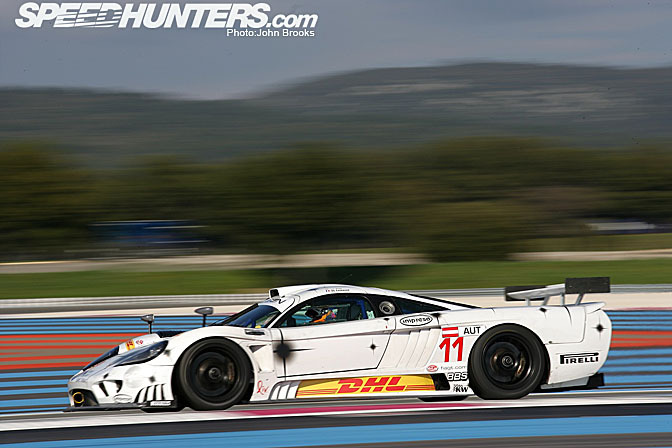
Will 2009 be the year that the Saleen S7 finally fulfill its potential and win a title in the FIA GT Championship? Now or never really. There is a new team to the Championship, Full Speed Racing Team, with two cars on the grid, one for Stephane Lemeret and Luke Hines, and one for Michel Orts and Ferdinando Montfardini.
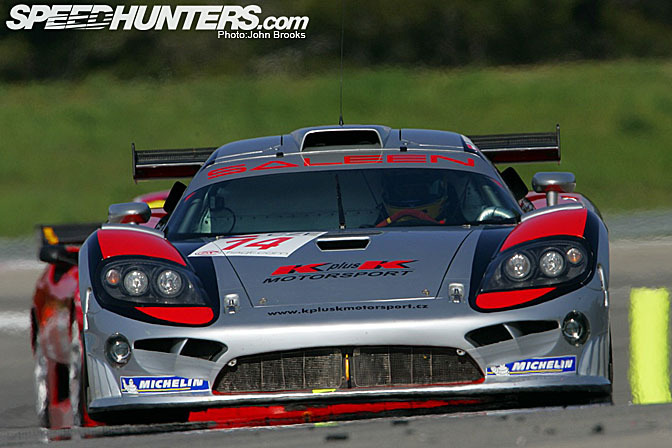
The best chance for a Saleen success comes from the pairing of Karl Wendlinger and Ryan Sharp, who have scored 6 victories in the past in the Jet Alliance Aston Martin. They are a match for the likes of Krumm/Turner and Bertolini/Bartels so expect them to continue their winning ways. The KplusK team has two ex-ACEMCO cars at their disposal together with an experienced team. Adam Lacko and Mario Dominguez will drive the number 2 car.
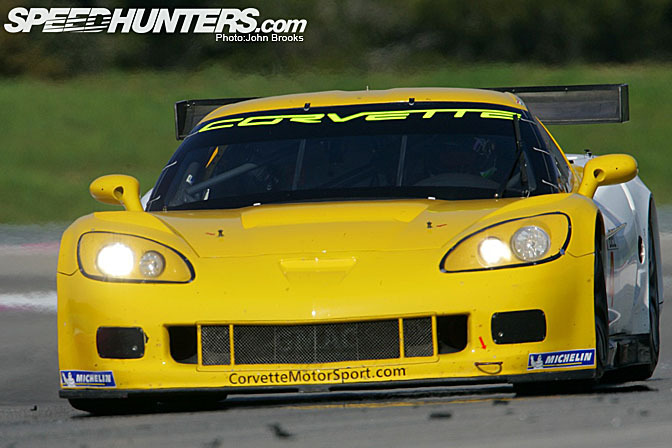
There will also be four Corvette C6.Rs on the grid all of which should be potential contenders for victory. They are run by four different teams. Arguably the strongest effort will be the Mike Hezemans, Anthony Kumpen pairing for PK-Carsport. But there will be little to choose against the Luc Alphand entry for Guillaume Moreau and Xavier Maassen for speed.
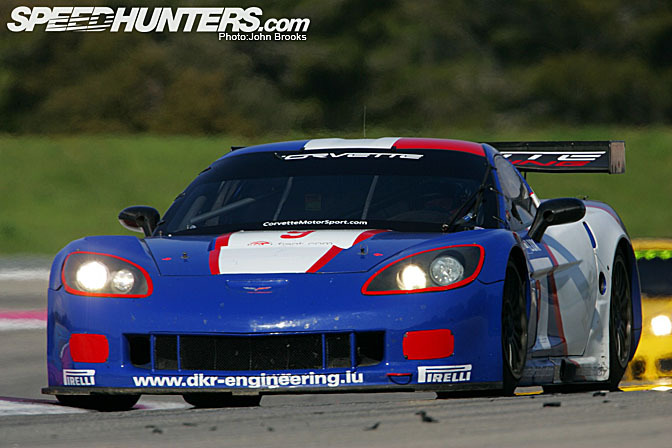
The DKR Engineering effort will be driven by Jos Menten and Marcus Paltalla with guest drives from former Grand Prix star, Olivier Panis. The fourth C6.R from Selleslagh Racing Team will be in the hands of the experienced Bert Longin and James Ruffier.
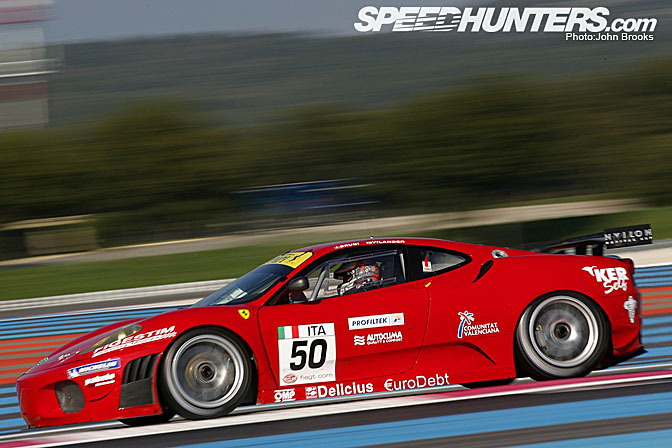
So much for GT1. The GT2 battle is a straight fight between seven Ferrari F430 GTs and four Porsche 911 GT3-RSRs. In reality it will be a brace of good 430s against a lone Porsche. Top of the Italian bunch is last year's champions, Toni Vilander and Gianmaria Bruni. Also very strong is the BMS Scuderia Italia car for Paolo Ruberti and Matteo Malucelli.
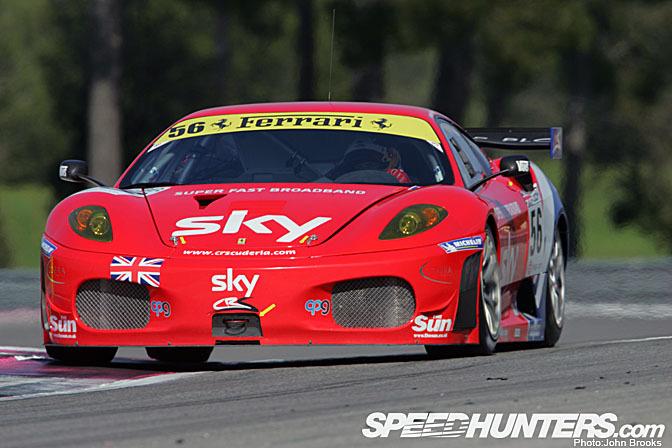
One Ferrari team with something to prove after a flat 2008 is the CR Scuderia effort for Rob Bell and Andrew Kirkaldy, expect them to go well at Silverstone.
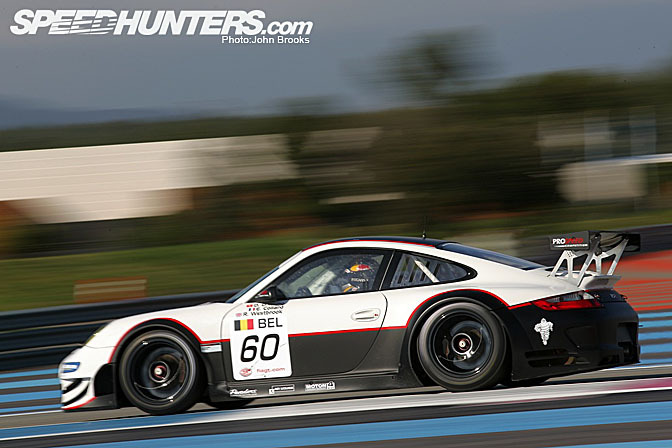
The rule changes imposed by the FIA and ACO on GT2 seem to have hobbled the Ferrari more than the Porsche, certainly that seems to be the case on the evidence from the races in the LMS and ALMS, so this could be the chance for the top flight crew of Emmanuel Collard and Richard Westbrook. They will extract the maximum from their ProSpeed Competition 911 GT3-RSR. Probably more so than the entries from Brixia Racing and Trackspeed.
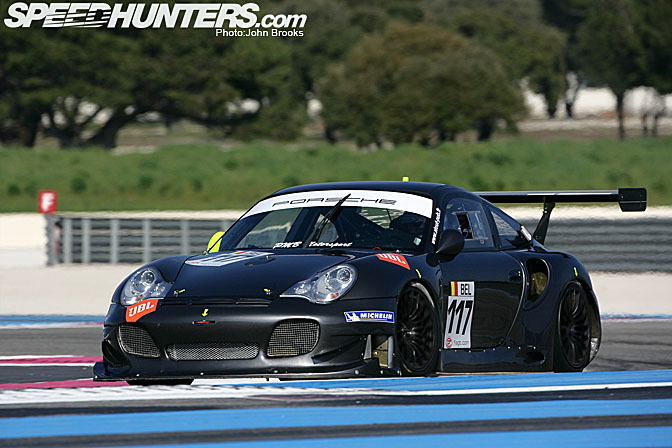
One regular competitor in the G2 and G3 classes will be the Porsche Bi-Turbo from PMB Motorsport.
So the FIA GT is in something of a holding pattern for 2009, waiting for the new Championship, the new rules and the new cars of 2010. Meanwhile it is time to go racing.
John Brooks






i liked the GTR better in its prototype stages, but that PMB bi-turbo porsche at the bottom looks great. I never been one to like the "finished" look of any car.
The MC12 almost looks like a prototype in these shots.
Great feature. Thanks! Can't wait to see how the new rules will shape the field.
The Porsche Bi-Turbo looks awesome. Traditionally most Porsche GT teams always go with the already completed factory Porsche GT3 RSR so its awesome to see a team go their own way and build their own Porsche. Hopefully it'll stand a chance.
Nice write up. I'm still not digging the GT1 R35, something about it not running anything close to the same drive train as its road going brethren turns me off. I would have rather seen Nismo punch out the VQ in the 370Z to 4L and take on Porsche, Ferrari, BMW & Aston in GT2.
Can you make a desktop wallpaper of the first pic?